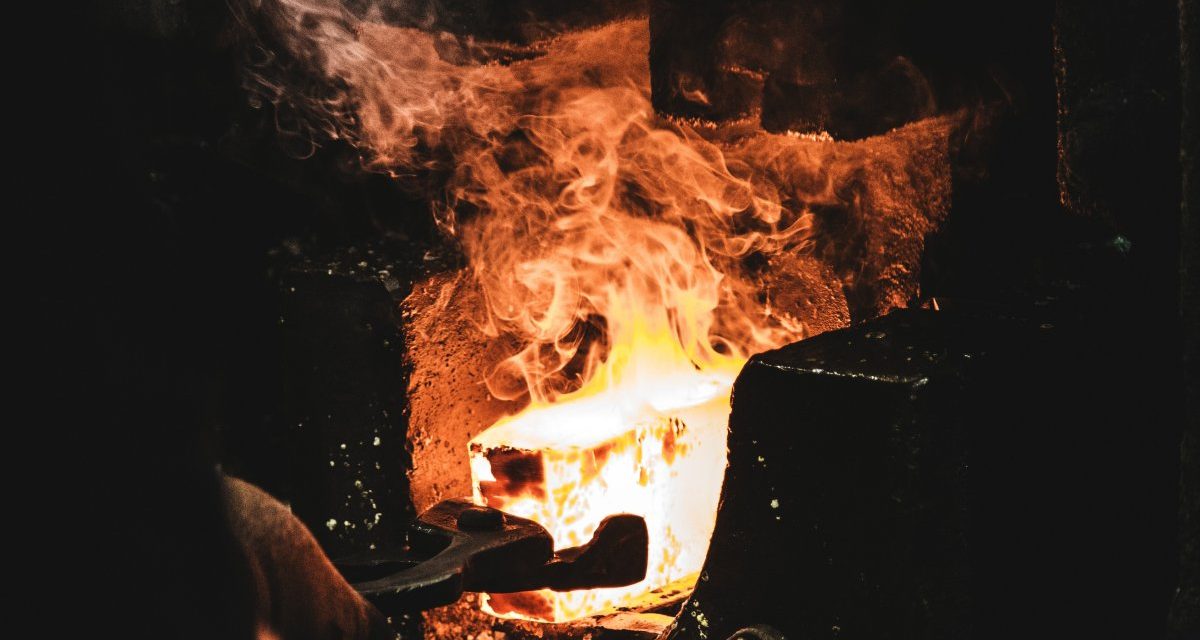Mining and smelting iron is something that we easily do today. Most people take the availability of iron items for granted. This hasn’t always been the case. There is speculation about the Orichalcum of Atlantis being an alloy. Where did our ancient ancestors find this metal in order to turn it into valuable tools and artifacts?
The Iron Age began when people started replacing their bronze weapons with the sturdier and more readily available metal. Prior to 1000 BC the most common type available was meteoric and telluric iron. These types came from Egypt, Turkey, Syria, The Americas, and various places throughout Asia. They were popular choices because they could be worked by hand and did not require smelting. There are many artifacts still in existence that show the detailed craftsmanship, including the famous Tutankhamun dagger.
A Possible Atlantis Connection
Telluric iron is also called native iron. It originated on Earth, and exists in a metallic form rather than as an ore. This type of metal is extremely rare, with only one known major deposit in the world, located in Disko Bay Greenland. It is possible that this was melted as the result of a meteor strike. A direct connection to Atlantis and the Younger Dryer event is still speculation. Still, the fact that the location where a major meteor impact took place is also the only source of this material on the planet is an interesting coincidence.
Iron Artifacts
The Mysterious Iron Pillar of Delhi is an exception to the rules when it comes to similar artifacts. It dates from 1600 years ago and later moved to Delhi about 1000 years ago. It is almost 24 feet tall and in pristine condition. The pillar is currently located a the Quwwat-ul Mosque which dates back to 1192. The mystery is that no one knows what the purpose or function is the Iron Pillar of Delhi or the reason for moving it so long ago. According to ancient texts, it was likely a gift for a king in the Gupta period. The pillar has many inscriptions, including a eulogy to either King Chandra or King Chandragupta II.
It also honors the Hindu god, Vishnu. The pillar has been studied by archaeologists and material scientists because the iron has been resistant to corrosion for so many centuries. Some people think the Pillar of Delhi is a flagstaff while others think it’s a sundial.
Since people do not know the original function of the Pillar of Delhi, it is considered an OOPArt or “out of place artifacts”. OOPArts are all, in one way or another, futuristic for their time. The wrought-iron column is ninety-eight percent pure iron and a testament to the ancient Indian ironsmiths. It seems that the lack of lime in the creation processes allowed the column to create a protective outer layer that shields it from rain, wins and wild temperature fluctuations. A similar iron pillar is also in Germany.





